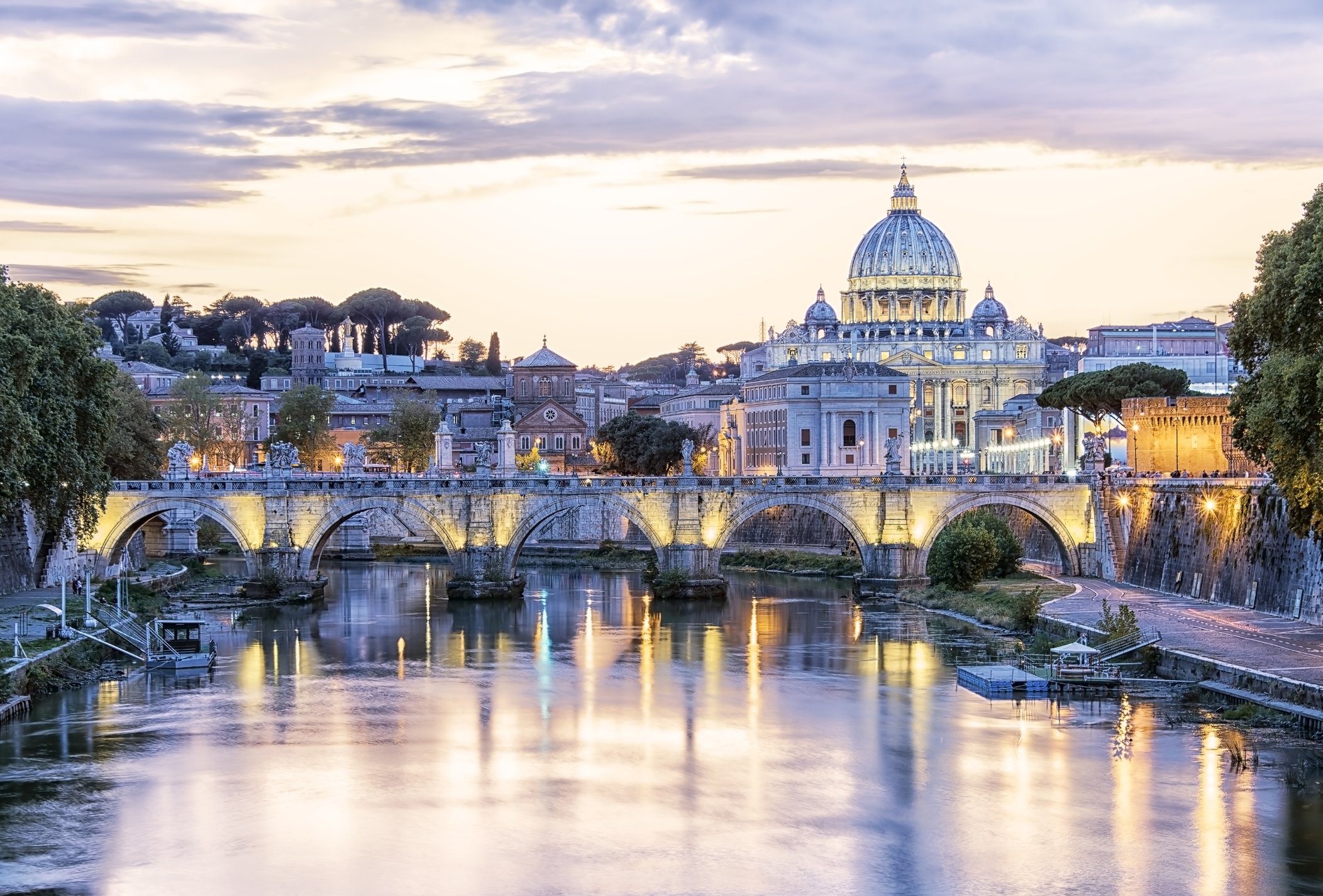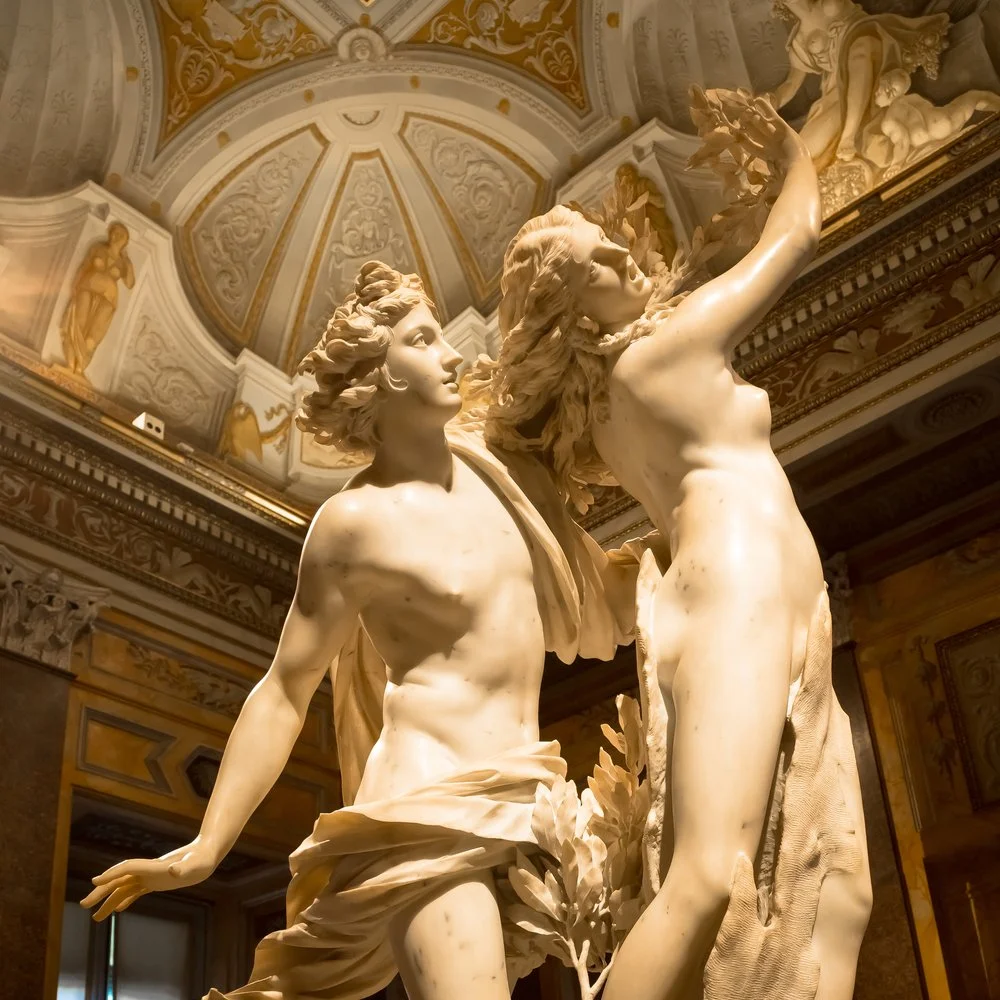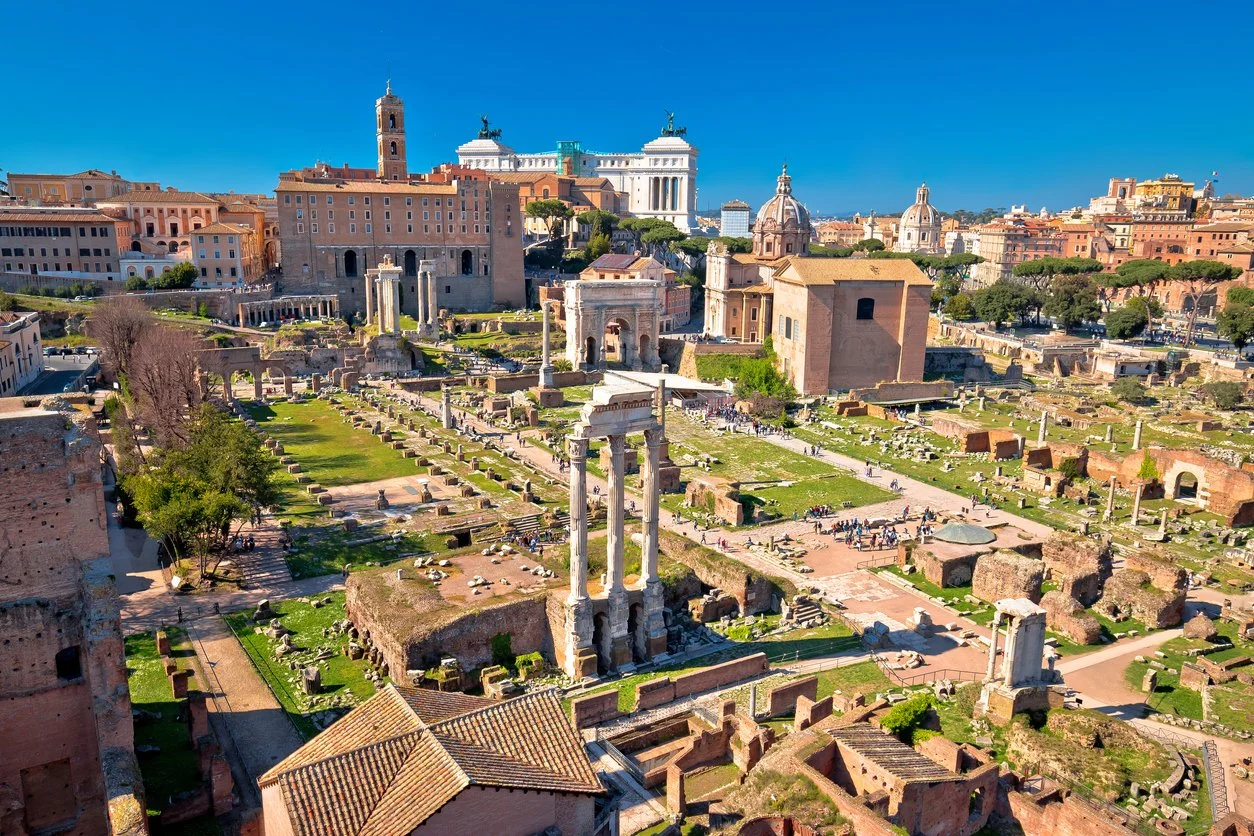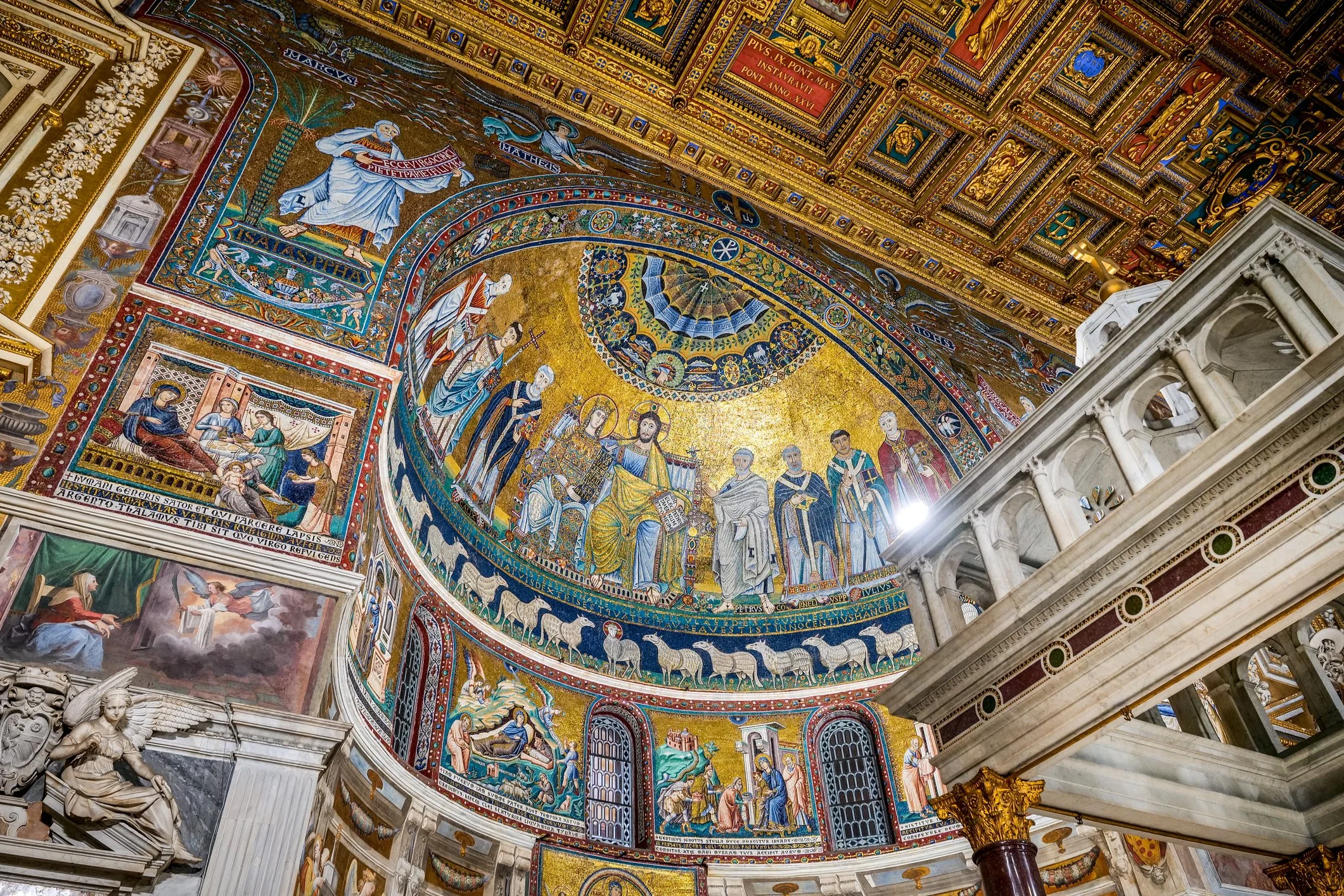
Rome
The Eternal City
Take an indepth look at Rome’s history, art and architecture, stretching from the Etruscan civilization to the 21st century.
TOUR STATUS
Waitlist | Tour Full
TOUR DATES
January 8-22, 2026 | 15 Days
TOUR LEADER
Dr Eireann Marshall | View Bio
snapshot
-
-
The tour starts at 3.00pm on Thursday 8 January, at the Ponte Sisto Hotel, Rome.
The tour ends after breakfast on Thursday 22 January, at the Ponte Sisto Hotel, Rome.
-
Grade Two. This tour is designed for people who lead active lives.
-
14 nights’ accommodation in a centrally located 4-star hotel. Airport-hotel transfers in Rome. All breakfasts, 5 lunches and 3 dinners. Premium tickets to 2 performances. Services of an expert tour leader and an experienced tour manager throughout. All ground transport, entrance fees and tipping.
View standard tour inclusions > -
$12,080 AUD per person, twin share (land content only)
$2,580 AUD supplement for sole use of a hotel roomA $1,000 AUD non-refundable deposit is required per person to confirm your booking on tour
-
Tour Full. Bookings are closed.
OVERVIEW
The city of Rome stands as one of the most enduring achievements of Western civilisation, its unique concentration of historic sites bridging ancient and modern worlds. Few cities offer such an unbroken dialogue between past and present, making Rome an experience to be savoured over time.
On this 15-day tour, we invite you to unpack your bags once and settle into the rhythm of Roman life, with an exceptional opportunity to explore the city in depth – its history, art and architecture – while enjoying Rome during its quieter months. Led by classicist Dr Eireann Marshall, uncover the layers of the Eternal City: from the grandeur of the ancient Roman world, foundation of its civic pride and traditions, to the sublime achievements of the Renaissance and Baroque periods.
Guided and private visits bring insight into the city’s rich historical and artistic legacy, while free time allows you to wander at your own pace – to revisit favourite monuments and galleries, discover local neighbourhoods, or simply watch daily life unfold in one of the world’s most extraordinary cities.
tour highlights
The aim of every Academy Travel tour is to provide a rewarding, in-depth travel experience.
Dr Eireann Marshall
your expert tour leader
Eireann is an Honorary Research Associate and Associate Lecturer with the Open University. Raised in the Veneto, she was educated in Barnard College, Columbia University, in New York, as well as the Universities of Birmingham and Exeter in England, where she has lectured. With her vast lecturing and guiding experience, Eireann has in-depth knowledge of Italy and its history and archaeology. Eireann has led many tours, including several to Rome, Ravenna, Venice, Pompeii and Sicily, and is bilingual in English and Italian.
Accompanied by an Experienced Tour Manager
Alongside your expert tour leader, an experienced tour manager will accompany for the entirety of the tour. They oversee logistics, ensure your comfort and safety, and provide friendly support – whether offering tips for free time, sharing a chat over dinner, or giving you space to relax.
tour ITINERARY
Rome (14 nights)
Included meals are shown with the letters B, L and D
Hotels have been selected principally for their central location. All hotels are a comfortable four-star standard.
Tour Accommodation
Rome, Hotel Ponte Sisto | 14 Nights
Your base is the four-star Hotel Ponte Sisto, located in a renovated historical palazzo in a quiet part of central Rome.
Within a few hundred metres are a range of attractions, and Campo dei Fiori, around which many boutiques and fine restaurants can be found. It is in easy, gentle walking distance to the Trastevere district, with its many restaurants and shops, and the Ghetto, a quiet inner city neighbourhood with a relaxed feel and good local restaurants.
The rooms of the Hotel Ponte Sisto are well-equipped and relatively spacious. The hotel has an internal courtyard garden, a rooftop terrace and good public areas.
tour booking
$12,080 AUD per person, twin share (land content only)
$2,580 AUD supplement for sole use of a hotel room
A $1,000 deposit is required per person to confirm your booking on tour. This deposit is non-refundable.
Join Waitlist
There are currently no places available on this tour.
A place on the waitlist is not a confirmed place on tour. If you would like to be notified if a place becomes available on tour, please register your details below.
your tour consultant
The consultant for this tour is Sharon WIlliams. For further information or to discuss the tour, please call 9235 0023 (Sydney) or 1800 639 699 (outside Sydney) or email sharon@academytravel.com.au
have you thought about?
Academy Travel is more than just a tour operator. We are also a full-service travel agency who can assist you with all aspects of your travel, including flights, transfers, pre-tour arrival, additional travel and comprehensive travel insurance.
can’t make this departure?
If these dates don't work for you, register to hear about the next tour.





















